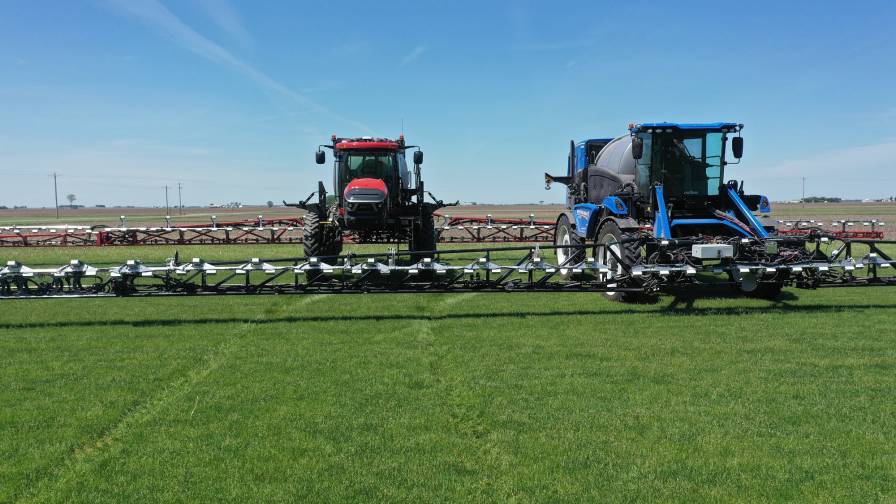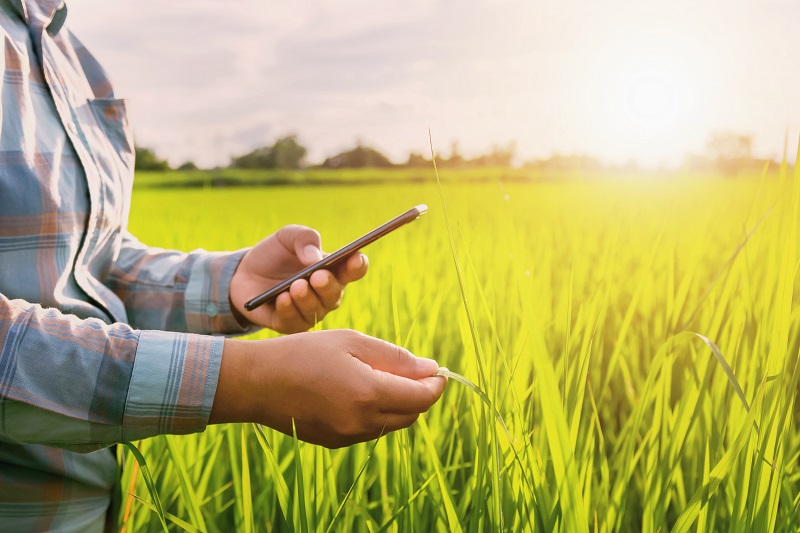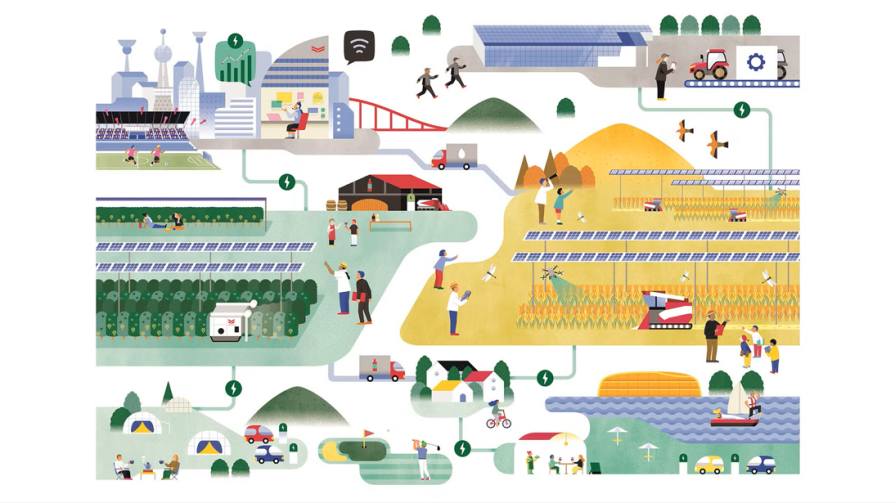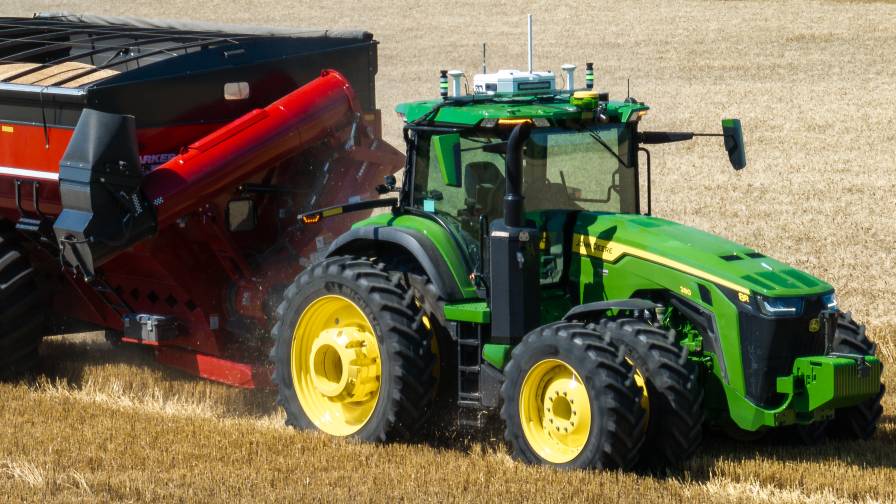How Earth Observation Is Cultivating the Future of Agriculture
As agriculture faces mounting challenges from climate change and global food demand, Earth observation (EO) technologies – using satellite imagery and remote sensing – are transforming how we grow food, according to Innovation News Network. EO empowers precision agriculture, helping farmers monitor crop health, soil moisture, and environmental conditions in real time.
But its potential goes further: could EO lead the next wave of innovation in sustainable farming?
Earth observation in agriculture explained
Earth observation uses satellites and remote sensing to collect data about agricultural landscapes. By analyzing crop health, soil conditions, and land use, EO equips farmers with the tools for precision farming – maximizing yield while minimizing waste.
Techniques like multi-spectral imaging and NDVI (Normalized Difference Vegetation Index) help detect plant stressors such as disease and nutrient deficiencies. This allows for timely interventions that enhance productivity and reduce the need for chemical inputs.
MORE BY INNOVATION NEWS NETWORK
Additionally, EO provides insight into environmental variables – weather, pest activity, and irrigation needs – supporting smarter decisions that build resilience in the face of climate change.
Boosting yields with satellite insights
Satellites enable real-time monitoring of crops, offering farmers precise data on plant health. Imaging technologies – especially NDVI – identify areas needing attention, enabling targeted use of water, fertilizers, and pesticides. This precision boosts yields while reducing waste.
Satellite-driven models can also predict harvest outcomes with high accuracy (R² values up to 0.71). These forecasts allow farmers to plan ahead, manage risk, and optimize returns.
Read more at Innovation News Network.









